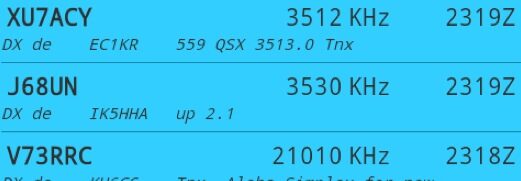
I’ve always been a bit of a gadget fan. It all started more than 10 years ago with my first purchase of (now obsolete) Handspring Visor, a PalmOS compatible. Before long, it became an essential part of my everyday life: it used to remind me about birthdays I under no circumstances wanted to forget, it stored my phone numbers from all the post-it notes and various mobile phones I used to use at the time. I could even use it to send e-mails and surf the web, albeit in a very limited fashion (only by synchronising). With the demise of PalmOS a couple of years ago I switched to the next available platform: Windows Mobile. My HTC Touch Pro was this time a serious contender for a perfect gadget: not only could I use it as a phone, I could also surf the Web from any location. I could even use it as a GPS receiver (and was actually quite happy with TomTom on it, I still think this was about the best piece of GPS navigation software I ever tried). And then, in April 2010, I decided to accept an offer from my mobile provider and upgrade relatively cheap to a newer device. And thus I became a proud owner of HTC Desire. If my previous gadget was close to being a perfect gadget, this one got even a step closer. I immediately liked its openness and what I could do with it, being a Linux addict for quite some years I enjoyed the fact it’s running linux. Being also an avid hamradio operator, I started searching for and installing every hamradio application I could find. But one application was missing: at the time there was no DX Cluster client for Android. Keen to avoid needing to take my laptop to the shack (my shack is outside of my house) I tried accessing a few nodes using some telnet clients I found but this was overall a rather poor experience (one client was crashing while changing the screen orientation and the other would time out before I’d even manage to log on). I thus decided to write an application of my own. – M0NKC –
